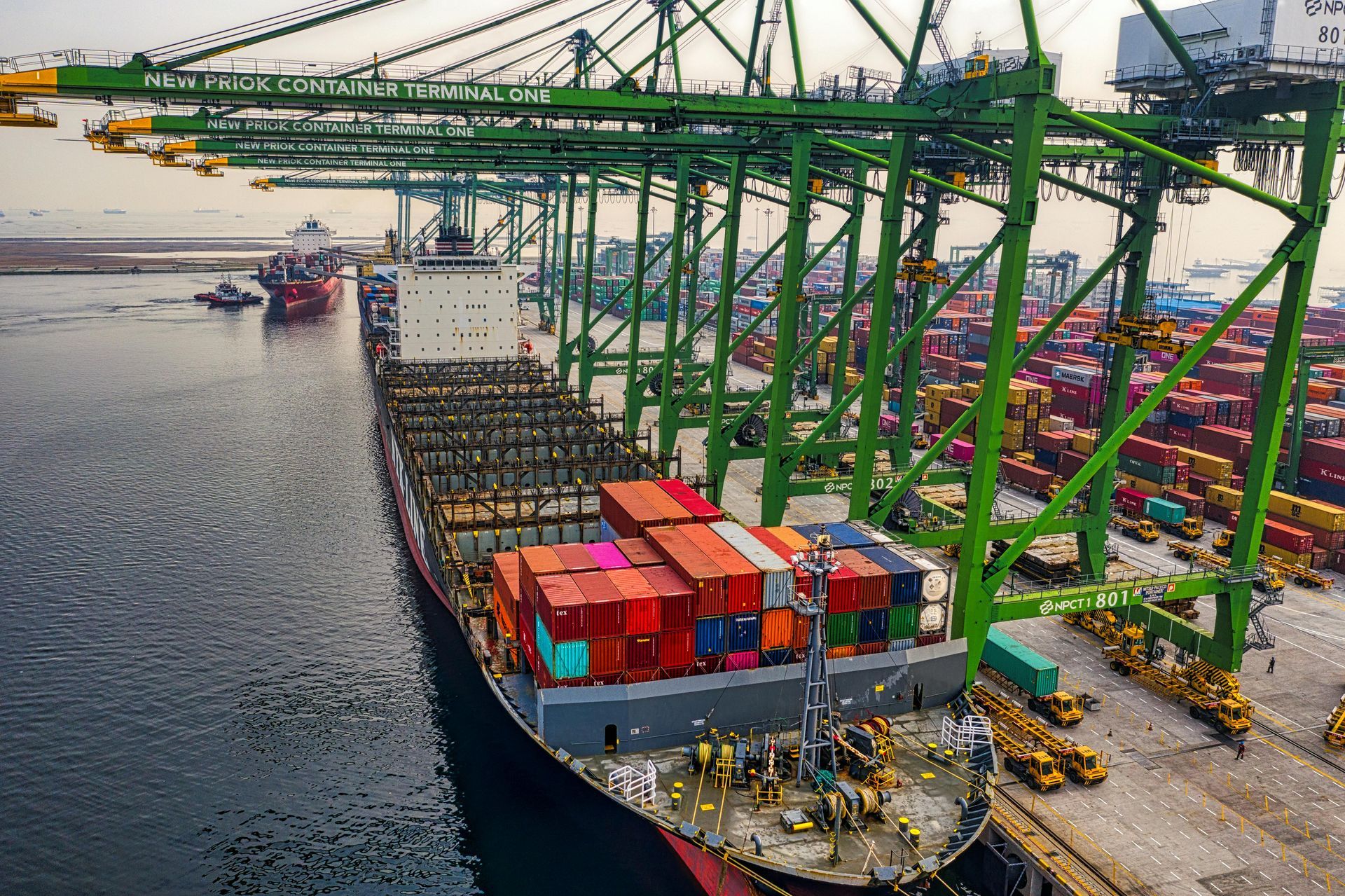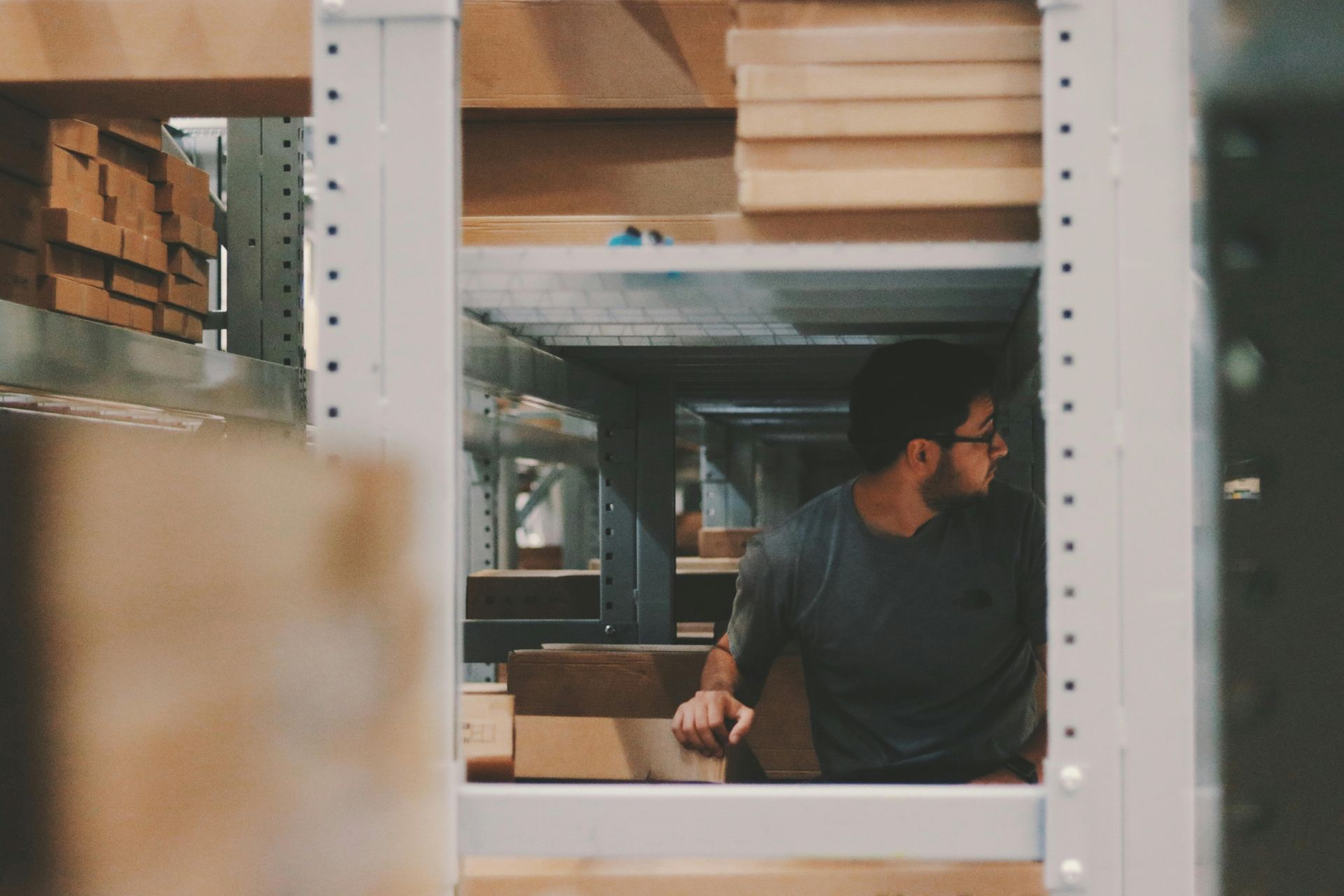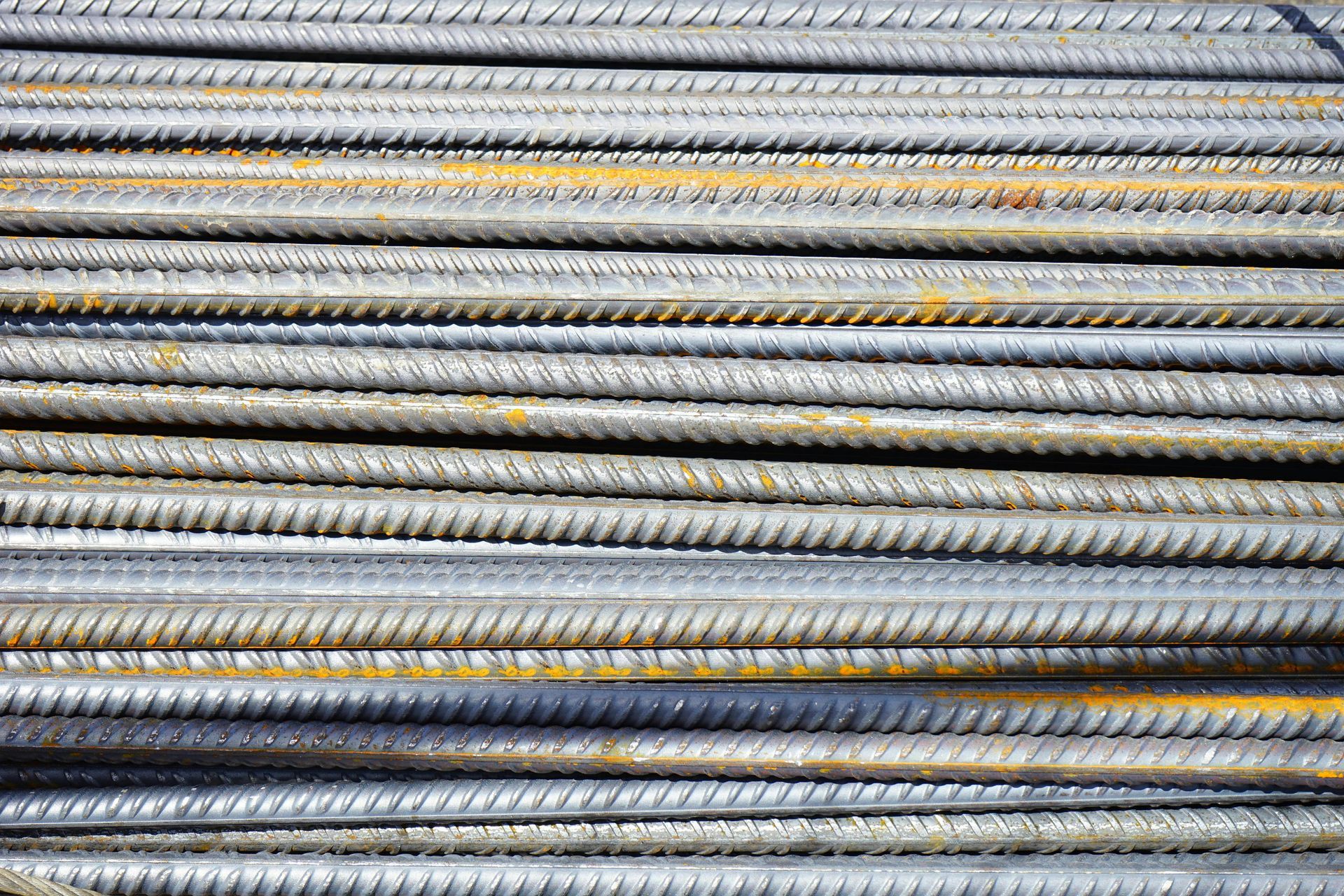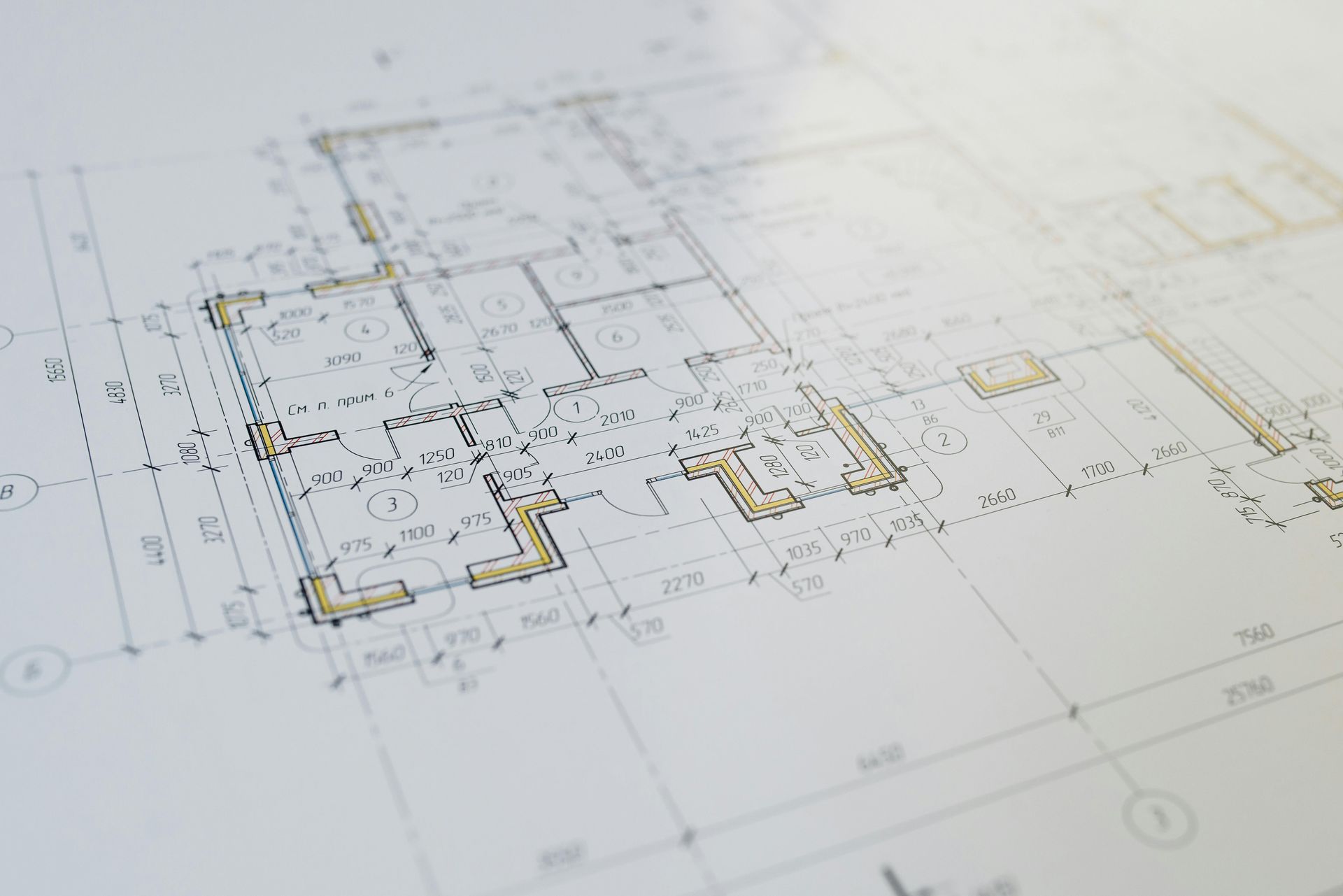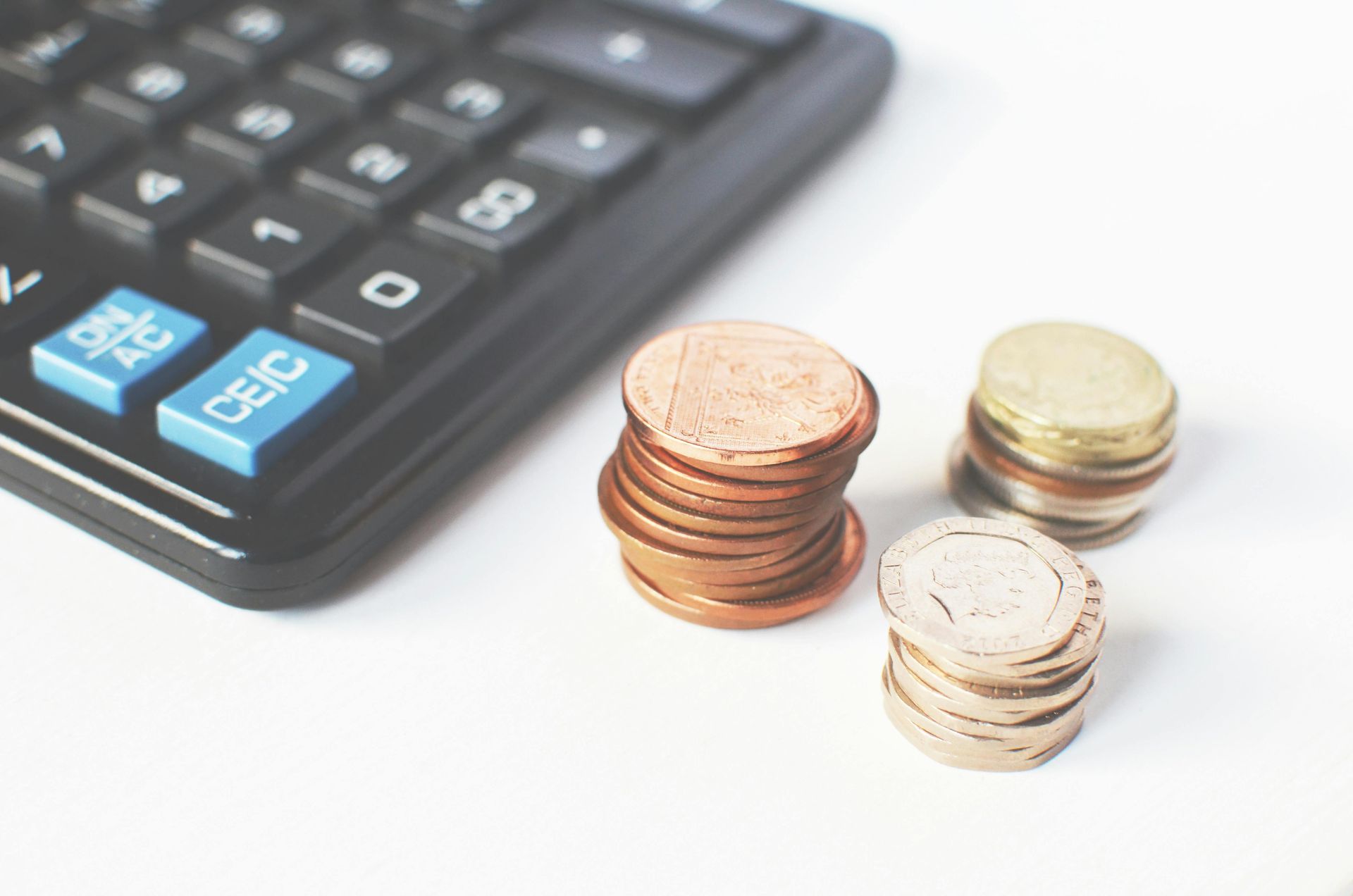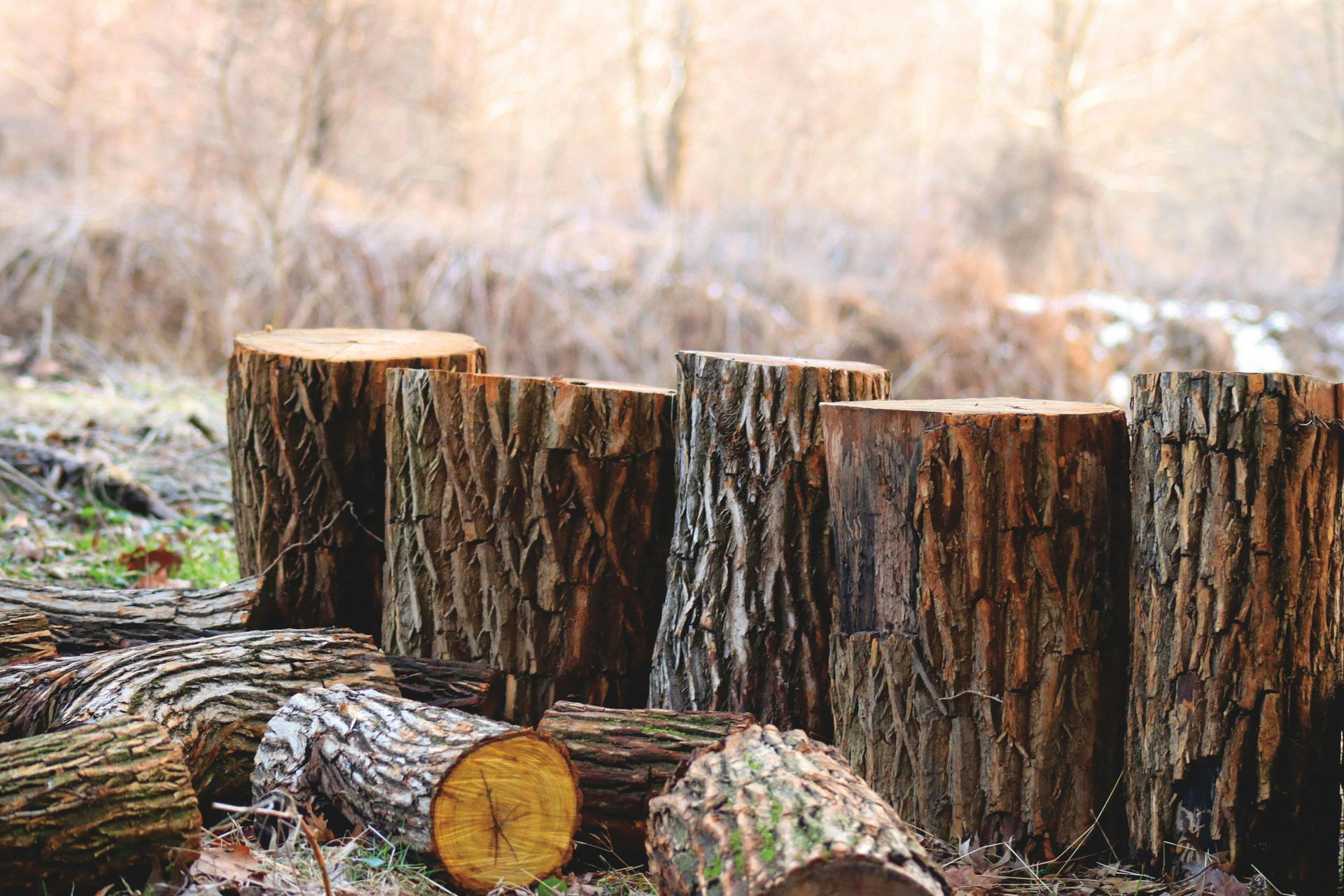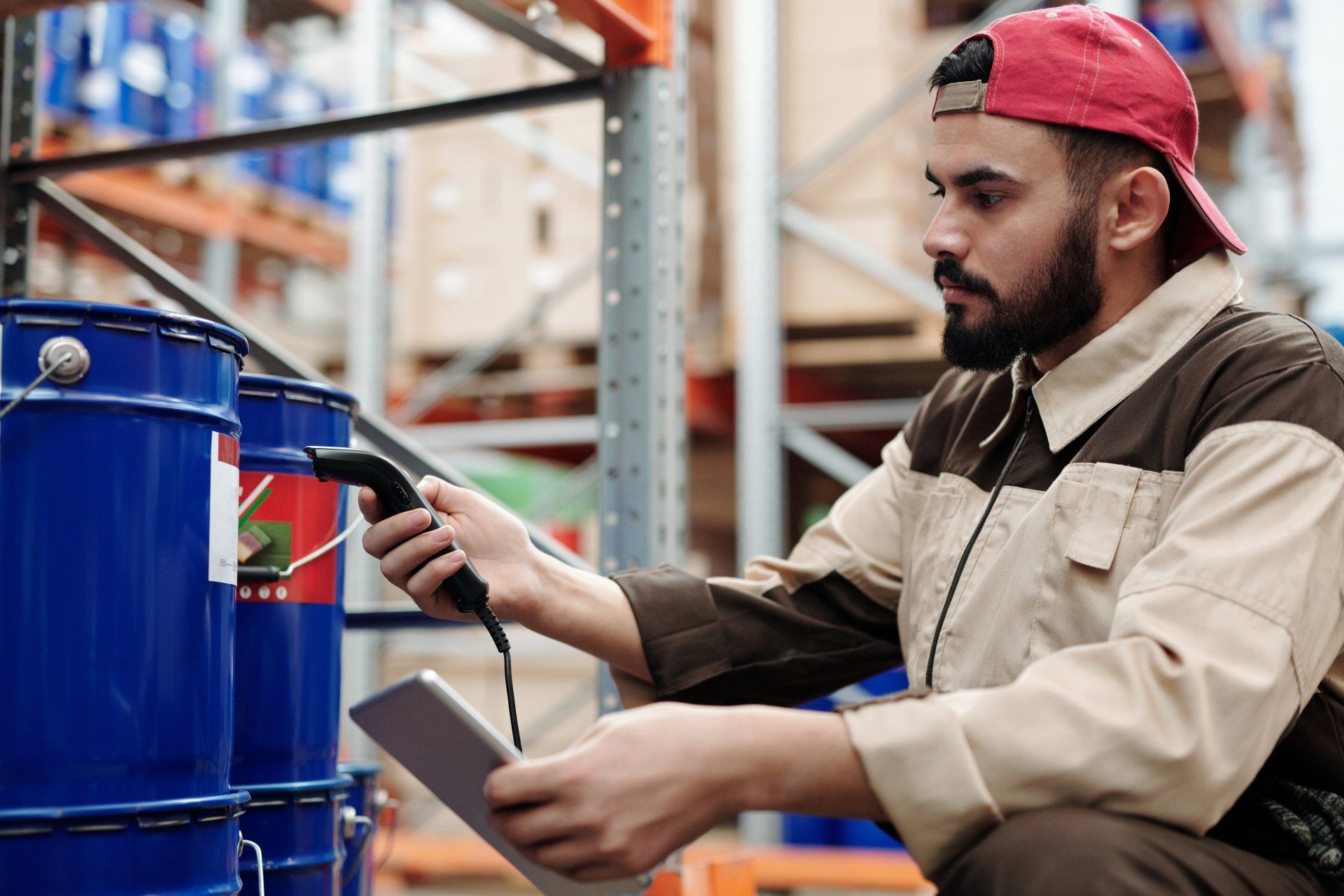The Role of MDUs in Sustainable Urban Living: Building Green Communities
As cities continue to grow, the need for sustainable urban housing has become increasingly important. Multiple Dwelling Units (MDUs) are emerging as a key solution for creating environmentally friendly, efficient, and community-oriented housing in urban areas. The focus on sustainability in MDU design is about more than just reducing carbon emissions—it's about creating vibrant communities where residents can thrive while minimizing their impact on the environment. By incorporating green building practices, energy efficiency, and thoughtful amenities, MDUs can contribute to a more sustainable urban future.
In this blog post, we will explore the factors that make MDUs a sustainable choice for urban living, the challenges faced in creating green communities, and the ways in which developers can design MDUs that prioritize environmental responsibility.
The Benefits of Sustainable MDUs for Urban Living
Sustainable urban living is becoming a priority for many city dwellers who want to reduce their environmental footprint while enjoying the benefits of city life. MDUs designed with sustainability in mind offer numerous benefits for residents and the community as a whole:
- Energy Efficiency: Sustainable MDUs are designed to be energy-efficient, which helps reduce utility costs for residents. Features such as high-performance insulation, energy-efficient windows, and LED lighting ensure that units use less energy for heating, cooling, and lighting. This not only benefits residents by lowering their energy bills but also reduces the overall carbon footprint of the building.
- Access to Green Spaces: Green spaces are a crucial component of sustainable urban living. MDUs that incorporate rooftop gardens, courtyards, and nearby parks provide residents with access to nature, which has been shown to improve physical and mental well-being. Green spaces also help mitigate the urban heat island effect, reducing temperatures in densely populated areas.
- Reduced Reliance on Cars: Sustainable MDUs are often located in walkable neighborhoods with easy access to public transportation, reducing the need for residents to rely on personal vehicles. By encouraging the use of public transit, biking, and walking, MDUs help decrease traffic congestion and lower greenhouse gas emissions.
Challenges in Developing Sustainable MDUs
While sustainable MDUs offer numerous benefits, there are also challenges that developers must overcome to create environmentally friendly urban housing. Addressing these challenges is key to building green communities that are both viable and desirable.
- Higher Upfront Costs: Incorporating sustainable features into MDU design can come with higher upfront costs for developers. Green building materials, energy-efficient systems, and renewable energy installations can increase the initial cost of construction. However, these investments often pay off in the long term through lower operating costs and increased property value.
- Land Availability and Urban Density: In densely populated urban areas, finding suitable land for sustainable MDU projects can be challenging. Developers need to find creative ways to maximize the use of limited space while incorporating green features such as gardens, solar panels, and energy-efficient building designs.
- Balancing Sustainability and Affordability: One of the biggest challenges in creating sustainable MDUs is balancing environmental responsibility with affordability. Developers must ensure that sustainable features do not drive up the cost of housing to the point where it becomes inaccessible to low- and middle-income residents. Government incentives and subsidies can play a crucial role in making sustainable MDUs affordable for all.
Green Building Practices for Sustainable MDUs
To create MDUs that are truly sustainable, developers must focus on incorporating green building practices that minimize environmental impact while enhancing the quality of life for residents. Here are some key green building practices for MDUs:
- Energy-Efficient Building Systems: Energy-efficient HVAC systems, high-performance insulation, and energy-efficient windows are essential for reducing energy consumption in MDUs. Smart thermostats and automated lighting systems can further optimize energy use by allowing residents to control their energy consumption more effectively.
- Renewable Energy Integration: Incorporating renewable energy sources, such as solar panels, into MDU design can help reduce reliance on fossil fuels and lower carbon emissions. Solar panels can be installed on rooftops or integrated into building facades to generate clean energy for common areas and individual units. Wind turbines and geothermal energy systems can also be used in some cases to further reduce the building's environmental impact.
- Water Conservation: Water conservation is an important aspect of sustainable building design. Low-flow fixtures, dual-flush toilets, and water-efficient landscaping can help reduce water consumption in MDUs. Rainwater harvesting systems can also be used to collect and store rainwater for non-potable uses, such as irrigation and toilet flushing, reducing the demand for municipal water.
- Use of Sustainable Materials: Using sustainable building materials, such as reclaimed wood, recycled steel, and low-VOC (volatile organic compounds) paints, helps reduce the environmental impact of construction. Sustainable materials are often more durable and require less maintenance, contributing to the long-term sustainability of the building.
Designing MDUs for a Sustainable Community
Creating a sustainable community involves more than just the physical building—it's about fostering a lifestyle that supports environmental responsibility and well-being. Here are some ways developers can design MDUs that encourage sustainable living:
- Shared Amenities: Providing shared amenities, such as co-working spaces, community kitchens, and laundry facilities, helps reduce resource consumption by allowing residents to share resources rather than each unit needing its own. Shared electric vehicle (EV) charging stations and bike storage areas can also encourage residents to use more sustainable modes of transportation.
- Rooftop Gardens and Green Roofs: Rooftop gardens and green roofs provide numerous environmental benefits, including reducing stormwater runoff, improving insulation, and providing a habitat for pollinators. These green spaces also give residents access to nature, which can improve mental health and create a sense of community within the building.
- Composting and Recycling Programs: Incorporating composting and recycling facilities into MDU design can encourage residents to reduce waste and adopt more sustainable habits. Providing designated areas for compost collection, recycling bins on each floor, and educational programs about waste reduction can help foster a culture of sustainability among residents.
- Community Gardens: Community gardens provide residents with the opportunity to grow their own fruits, vegetables, and herbs, promoting local food production and reducing the carbon footprint associated with transporting food. Gardening also offers residents a way to connect with nature and build relationships with their neighbors, enhancing the sense of community.
The Role of Policy in Promoting Sustainable MDUs
Government policies and incentives play a crucial role in promoting the development of sustainable MDUs. By creating supportive policies, governments can encourage developers to prioritize sustainability and create urban housing that benefits both residents and the environment.
- Green Building Codes: Implementing green building codes that require energy-efficient systems, water conservation measures, and sustainable materials can help ensure that new MDUs meet environmental standards. These codes set a baseline for sustainability, helping cities reduce their carbon footprint and create more resilient urban communities.
- Incentives for Green Development: Governments can provide financial incentives, such as tax breaks, grants, or low-interest loans, to developers who incorporate sustainable features into their MDU projects. These incentives can help offset the higher upfront costs of green building practices and make sustainable MDUs more financially viable.
- Zoning for Sustainability: Zoning regulations that prioritize higher-density development, mixed-use projects, and green spaces can help create more sustainable urban environments. By allowing for taller buildings, reduced parking requirements, and the integration of green infrastructure, cities can promote sustainable urban living and increase the availability of MDUs.
- Public Awareness and Education: Governments and municipalities can also play a role in promoting sustainable living by educating residents about the benefits of green building practices and encouraging them to adopt environmentally friendly habits. Public awareness campaigns, workshops, and community events can help build a culture of sustainability that supports green MDUs.
Building a Sustainable Urban Future with MDUs
MDUs have the potential to play a significant role in creating a sustainable urban future. By focusing on energy efficiency, green building practices, and community-oriented design, developers can create MDUs that not only reduce environmental impact but also enhance the quality of life for residents. Sustainable MDUs offer the opportunity to live in vibrant, connected urban communities while minimizing the carbon footprint associated with city living.
Creating sustainable MDUs requires collaboration between developers, governments, and residents. By implementing supportive policies, providing incentives for green development, and designing buildings that promote environmentally responsible living, we can build cities that are resilient, inclusive, and capable of supporting future generations.
Ultimately, sustainable MDUs are about more than just reducing energy consumption—they are about creating communities that value the environment, prioritize well-being, and offer a high quality of life for everyone. By embracing sustainability in urban housing, we can build a brighter, greener future for our cities and the people who call them home.
